How to Create a Minecraft Server / For Friends
Learn how to set up a Minecraft server for you and your friends. This guide will show you how to set up a server on a Windows or Mac computer or Mac Book.

Poker isn’t just the game of fish, as many people think, though it does have similarities. If you want to play poker, you should probably learn how to play poker first.
Poker, the world's most popular card game, has been around since the early 1800s, though it didn't get its name until much later. The word poker comes from the French poque, which in turn came from the Arabic baccarat. In its original form, poker was played with cards (like today), but players bet on who would be dealt each card and only had three cards to bet on, as opposed to five or seven like today.
Table of contents [Show]
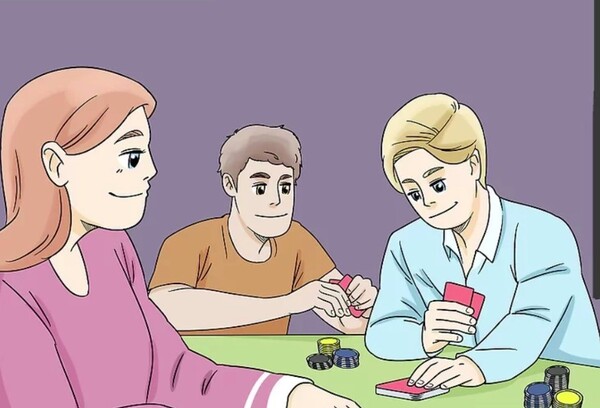
The better you play and watch, the quicker and higher you'll get. Since each poker recreation is different, it's essential to broaden the right instincts in place of trying to memorize and observe intricate systems. Observe skilled gamers and consider how you'd react to their position. Then, watch how professional gamers react to construct their instincts.
While you do this, do not forget how to hit you if you had been gambling and reacted as you did. Would you've got won, or might you've got lost? Then, determine how you might enhance your method in the future.
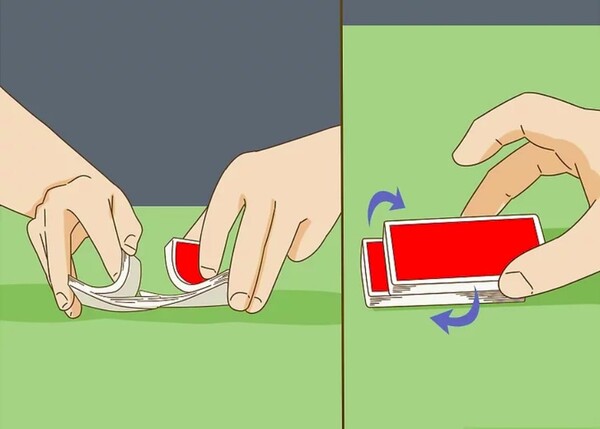
Shuffling the playing cards mixes them as much as makes the sport fairer. To do a simple shuffle, break up the deck into two stacks. Next, maintain a stack in every hand near the collective and deal with each other. Use your thumbs to turn the playing cards, combining the deck into one. After the playing cards are shuffled, get a person who isn't the provider to reduce the deck by setting it apart into two stacks and the lowest stack on top.
- Do numerous shuffles to ensure the playing cards are combined up.
- You can reduce the deck to greater than two as soon as possible.
- The provider commonly makes the shuffling and bets last, known as the "button" function. After every hand, you'll skip the provider/button function to the subsequent participant at the left. If the provider is usually an equal person, like in a casino, the button function will skip clockwise across the table.
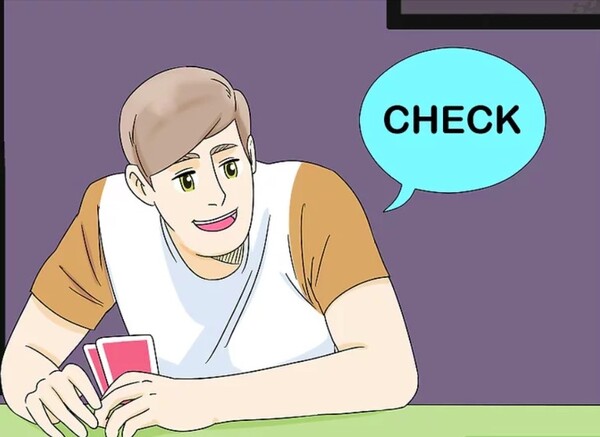
You can say this in case you are the primary higher or if all the ones already making a bet have checked. If you say "check" while it is your flip at the start of a brand new hand, you're no longer selecting to vicinity a guess at that point. Instead, you skip the danger of opening to the subsequent participant.
In the subsequent rounds, in case you say "check," you're staying with the bets you already paid into the pot for the duration of this hand, and also, you won't pay extra till a person else increases for the time of their flip.
If any other participant does improve on that hand, then neither you nor each person else can say "check" or keep your "check"—so while the play comes around to you once more, you need to both fit or improve the modern guess or fold your hand.
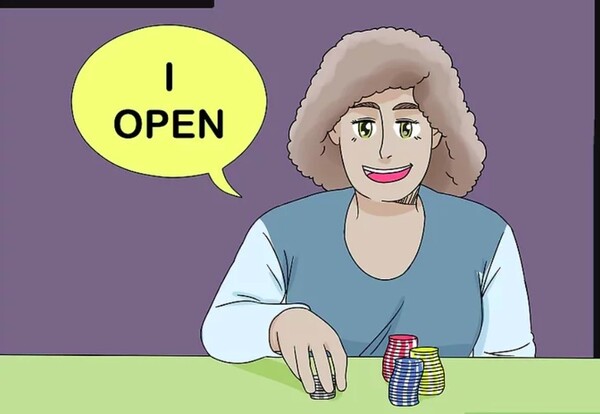
For example, you can boost the ante by $1 or, at the least, the agreed minimal boost. If you pick out no longer to open, take turns in clockwise order until someone else has opened or each participant checked. If everybody checks, it's time to pick out a card to discard and draw 1 to a few playing cards, or "preserve pat" on the cards you have. When fewer than three playing cards are drawn, replacements might be removed.
The supplier will shuffle the discards and upload them to the bottom of the draw stack.
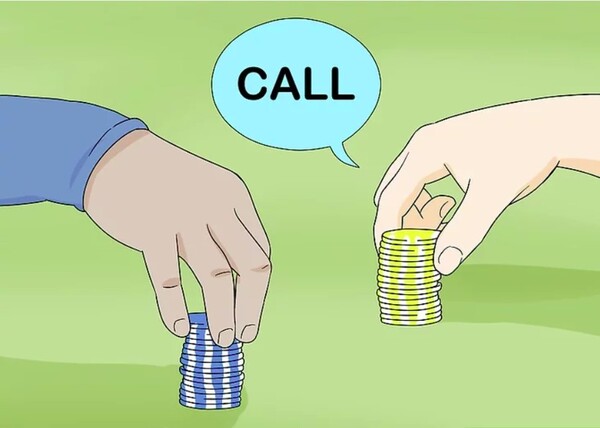
Calling involves placing a bet identical to the closing wager or raise. For example, if the man or woman proper of you wagers $10 and it is your turn, you'll say "call" or "I call" to fit that wager. Then you'll place $10 in chips or coins inside the pot.
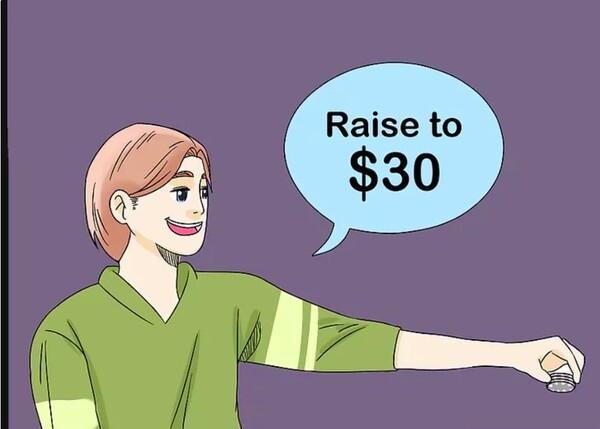
This is likewise acknowledged as "sweetening the pot." Raise or re-enhance calls for completing this spherical and making some other spherical to now permit any others to "call" or "enhance" the quantity of that final wager to live withinside the game or else "fold." The already known ones can look at this flip, and the hand is completed except if a person re-raises. [15]
If a person earlier than you bets $20 and you suspect you've got a triumphing hand, you need to bluff; you may enhance while it is your flip by saying "enhance to $30."
However, now no longer say, "I see your 20, and I'll enhance you 10…." Despite being famous in movies, that is honestly frowned upon as sloppy desk talk.
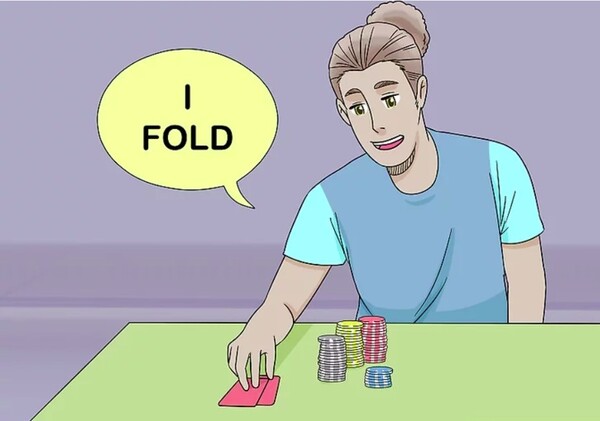
Folding manner forfeiting your playing cards and giving up that pot with any bets you have made into it. Wait to be dealt into the following hand when you have chips or have no longer reached your limit of losses. To fold while it's your turn, face down your playing cards at the desk, and place them on the discard pile.
You can fold at any time in a hand while it's your turn.
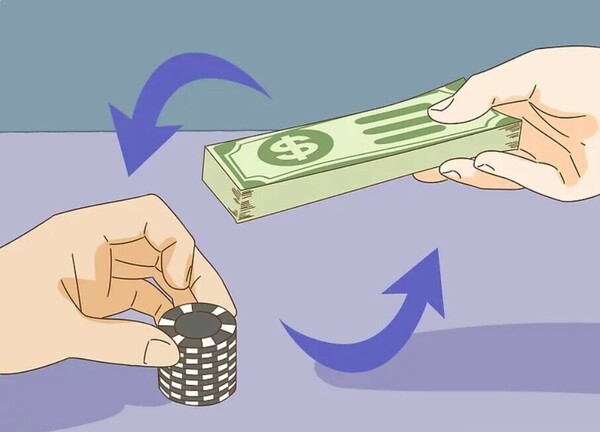
In this manner, change your poker chips for cash. If you continue to have chips but don't need to play anymore, take your chips to the financial institution and inform them you're equipped to join in. The financial institution will decide how much cash your chips represent; then they'll hand you 8]
You can generally go back and watch the sport once your coins are in.
Poker is an excellent game for both experienced and inexperienced players alike. But before you start playing, there are some things you need to know, from what the cards are called and what they're worth to understanding poker hand rankings. Follow these steps, and you'll be on your way!
Each player is dealt two cards face down and one card facing up.
The solution is simple: It is ability. Therefore, poker needs to be classified as a recreation of overall capacity, as it is the ability, and now no longer luck, that results in gamers earning money over the months and years they play the recreation.
After the last C programming language, there's a "showdown," Because of this, every participant who stays indicates their hand faces up at the table. The delicate poker hand then takes the pot. If a participant makes a wager or an improvement that no other participant calls, they win the jackpot without displaying their hand.
Poker is a card game, performed in numerous bureaucracies at some point in the world, wherein a participant ought to call (i.e., match) the bet, raise (i.e., increase) the chance, or concede (i.e., fold). It is performed in non-public homes, poker clubs, casinos, and on the Internet. Its reputation is the finest in North America, where it originated.
1. Play fewer hands and play them aggressively.
2. Don't be the first player to limp.
3. "Semi-Bluff" Aggressively With Your Draws.
4. Fast-Play your strong hands to build the pot and make more money.
5. Defend Your Big Blind (With the Right Hands)
6. Fold When You're Unsure
In the lovely garden, among the revelers, Shakespeare. In fact, she was seen in some parts of the hall.
Learn how to set up a Minecraft server for you and your friends. This guide will show you how to set up a server on a Windows or Mac computer or Mac Book.
Neat handwriting is the result of good handwriting habits. Practice these five handwriting habits to improve your writing.
Most writers know how to write an abstract, but some struggle with the details of how to do so correctly.


